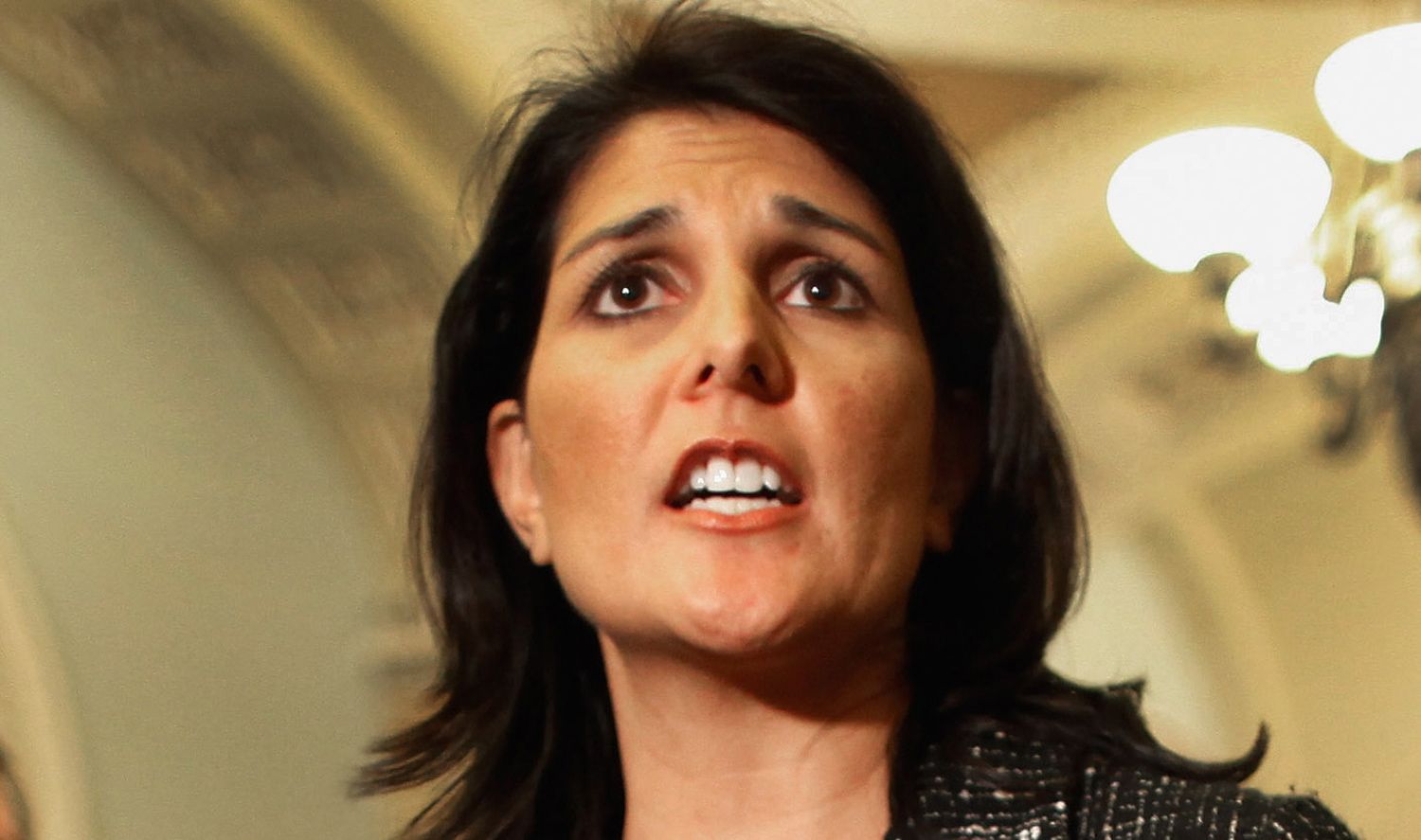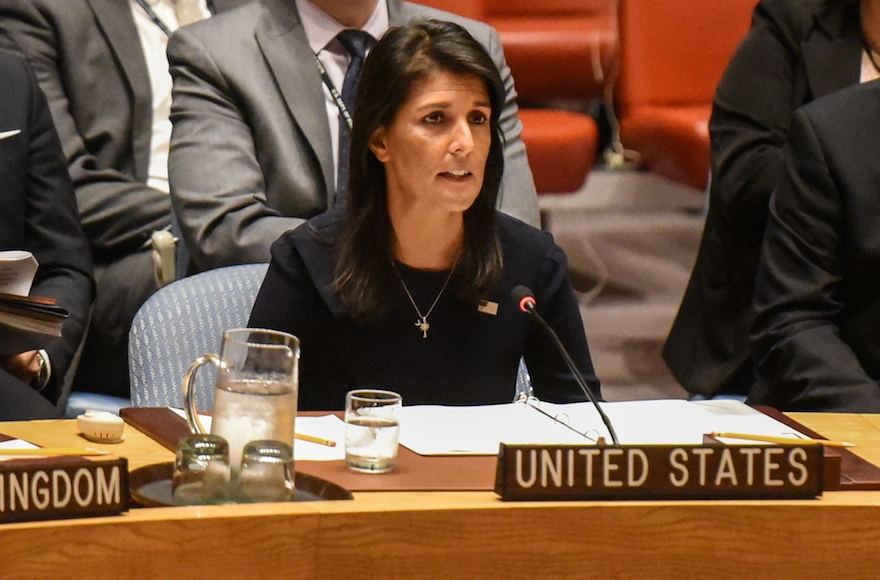

Every time she brought home a report card, in her recollection, her mother always did the same thing: put on her glasses, look down at the grades, look up at her, and say, in a serious tone, “Well, if you’re happy with this, then I am.” 13. She could read and write cursive by the time she was 4. “So their philosophy was that you don’t complain about problems, you do something about them.” 12. “They knew that we would face hardships and obstacles in life, and they wanted us to be prepared,” Nikki Haley would write in her 2012 book, Can’t Is Not an Option. If the kids cried, their parents told them to get a glass of water and go to their rooms. The Randhawas never said “I love you” to each other. “You have to go to church or you’re going to hell,” people in her town would tell her and her family. She watched “Gilligan’s Island” and “The Brady Bunch” and “The Love Boat” and “Fantasy Island.” She played Monopoly and The Game of Life.

“You can play with us, but you have to pick a side,” one girl said.

One day she wanted to play kickball with her classmates. They “called my parents to the back,” she later recalled of the event’s organizers’ confusion over what to do with the Randhawa sisters, “and said, ‘If we put them in one category, then one group will be mad, and if we put them in the other category, the other group will be mad.’” She got a beach ball as a token of apology for her disqualification. She sang “This Land Is Your Land.” The judges traditionally picked one white winner and one Black winner. She and her sister one year were contestants in the Little Miss Bamberg pageant. “Why can’t I be a pilgrim?” she thought to herself. “Did they realize that I wasn’t that kind of Indian?” she wondered. The boys danced around her “doing the American Indian hand-to-mouth call,” as she would later say. In kindergarten at Bamberg Elementary, in the school play at Thanksgiving, she was given the role of Pocahontas. The person from whom they bought their first house, the family has said, made them promise not to entertain Black people in the home. In Bamberg, population roughly 2,500 at time and an hour or so south of the capital of Columbia, the Randhawas were the first and only Indian family. She was born in South Carolina and so was her younger brother Gogi. Her oldest sister Simmi was born in Canada. Her older brother Mitti was born in India. “My parents,” Nikki Haley has said, “were more American than anyone I knew.” 6. Her mother, Raj Kaur Randhawa, also from the Punjab region, grew up in a wealthy family in a big house in the shadow of the Golden Temple, the holiest site of the Sikhs earned a law degree, highly unusual for a woman in that place and time and began in South Carolina by teaching sixth-grade social studies in the local public schools before starting a gift shop she turned into a million-dollar fashion boutique. In 1969, he landed in small, segregated Bamberg, S.C., to teach at Voorhees College, a nearby HBCU. Her father, Ajit Singh Randhawa, from the Punjab region of India, got a master’s degree in biology before moving to Canada to get a Ph.D. Nimrata Nikki Randhawa was born January 20, 1972, the third of four children of a Sikh family living in rural central South Carolina. She was (after Bobby Jindal of Louisiana) the second Indian American governor ever. She was (along with Susana Martinez of New Mexico) the first non-white and non-male governor in the history of the United States of America. She was the first person to be elected the governor of South Carolina who wasn’t a white man. She returned to that line in her new video, saying, with a smile, “It hurts them more when you’re wearing heels.” 1. “I kick with a smile,” she later told POLITICO. “I wear heels, but it’s not a fashion statement,” she once said.


 0 kommentar(er)
0 kommentar(er)
